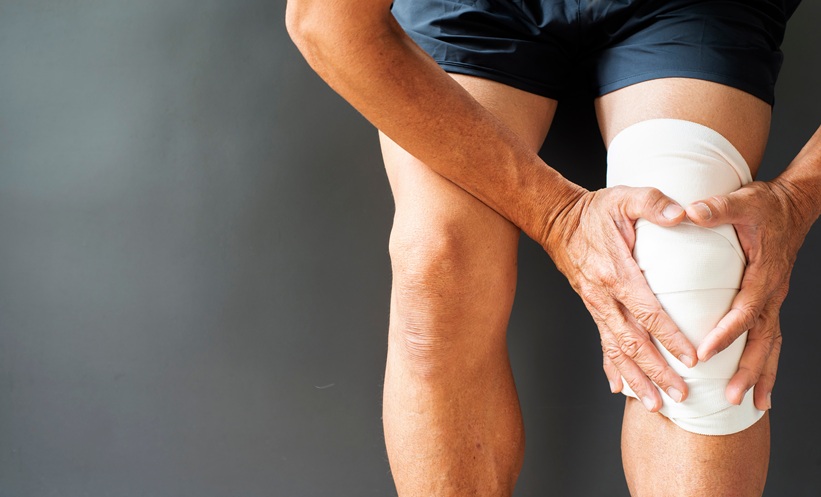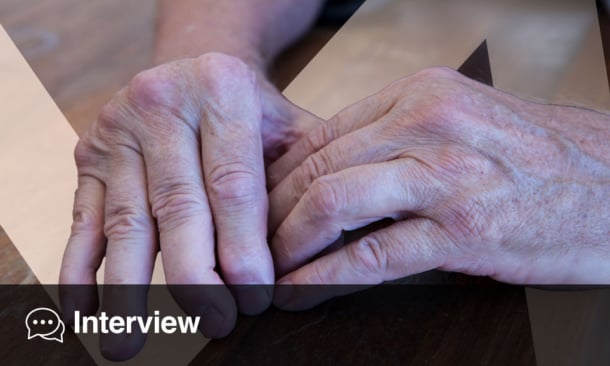Transverse tibial transport improved limb salvage outcomes in recalcitrant diabetic foot ulcers among six patients in an international case series.
Transverse Tibial Transport in Recalcitrant Cases
The surgical technique of transverse tibial transport is derived from Ilizarov tension stress principles applied directly to tibial bones. The approach aims to stimulate neovascularization and enhance wound perfusion which can translate into accelerated wound recovery in recalcitrant diabetic foot ulcers. In this early experience report from a general hospital setting all six patients undergoing transverse tibial transport achieved complete wound healing. The median quantitative healing time was four months which highlights clinical impact for patients presenting with chronic limb ischemia and diabetic foot ulcer burden. The authors position this technique as an adjunctive measure rather than an isolated replacement for standard vascular evaluation or wound hygiene principles which remain foundational to any diabetic foot ulcer strategy that seeks to avoid amputation.
Clinical Outcomes and Postoperative Course
Transverse tibial transport was implemented after multidisciplinary evaluation which included vascular assessment wound bed control and metabolic management. Four of the six patients required further wound debridement and skin coverage to optimise healing trajectory. Notably patients did not develop pin site infections during tibial bone distraction or during the postoperative recovery phase which reinforces the safety profile of the transverse tibial transport protocol in this cohort. This absence of pin infections is particularly relevant because external fixation associated complications frequently limit enthusiasm for device based bone procedures and infection control is a known constraint in advanced wound care settings where chronic ischemia and metabolic dysregulation coexist.
Translating Surgical Insights to U.S. Context
While this case series was conducted in Singapore the authors stress that the underlying physiological mechanism of transverse tibial transport is highly relevant for U.S. populations where diabetes prevalence remains substantial and diabetic foot ulcers continue to drive major amputation rates. For clinicians exploring bone based limb salvage interventions transverse tibial transport could represent an emerging adjunctive strategy within multimodal diabetic foot ulcer treatment plans alongside vascular optimisation infection prevention and advanced wound healing modalities.
Reference: Wong JY et al. Transverse Tibial Transport: Surgical Technique and Insights From First International Case Series. Int Wound J. 2025;22(11):e70762.








